12 depictions of Christ in Russian art
1. Alexander Ivanov. The Appearance of Christ to the People. 1837-1857
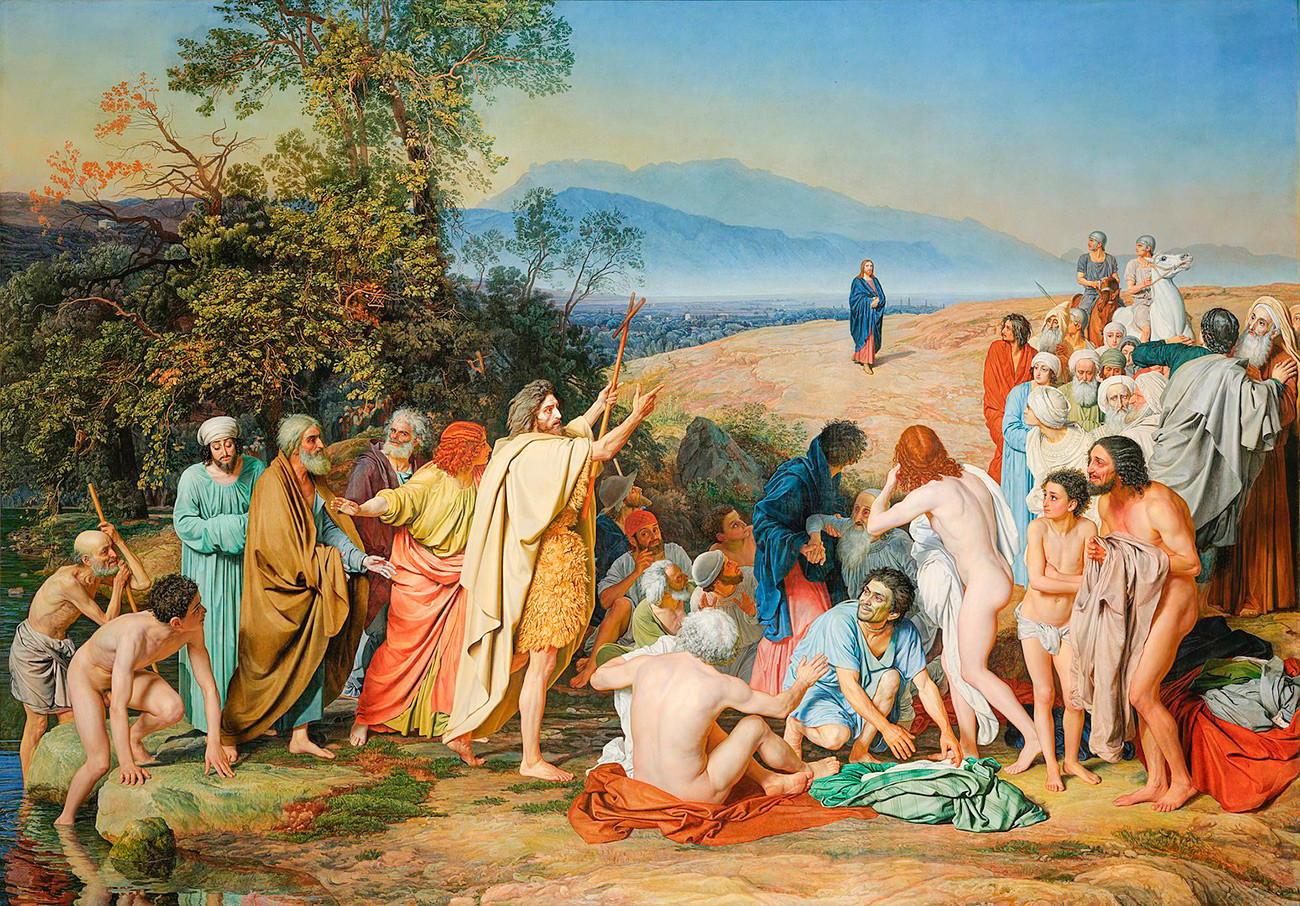
The artist worked on this picture for 20 years. Its scale (5.4×7.5 m) made it too large for the Tretyakov Gallery, so a small annex had to be built to accommodate it.
2. Karl Bryullov. Christ in the Tomb. 1840s
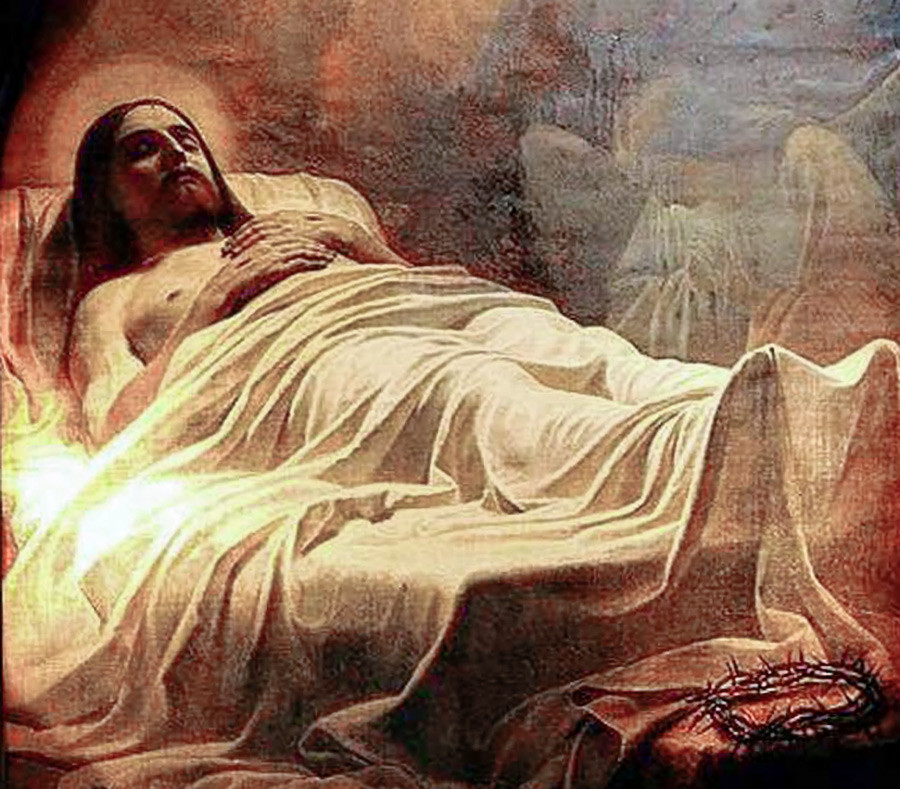
This picture has a bit of backstory. Bryullov was commissioned to paint it for a Russian count, who took it to Germany. After the owner’s death, the unsigned work was transferred to an Orthodox church in Europe, where no one realized it was a masterpiece. In 2002 the church sold the painting to a group of collectors who took it to the Russian Museum for analysis. Bryullov’s authorship was duly identified, whereupon the FSB confiscated the valuable work of art. True, Russia’s Supreme Court later ordered that it be returned to its buyers.
3. Nikolai Ge. The Last Supper. 1863
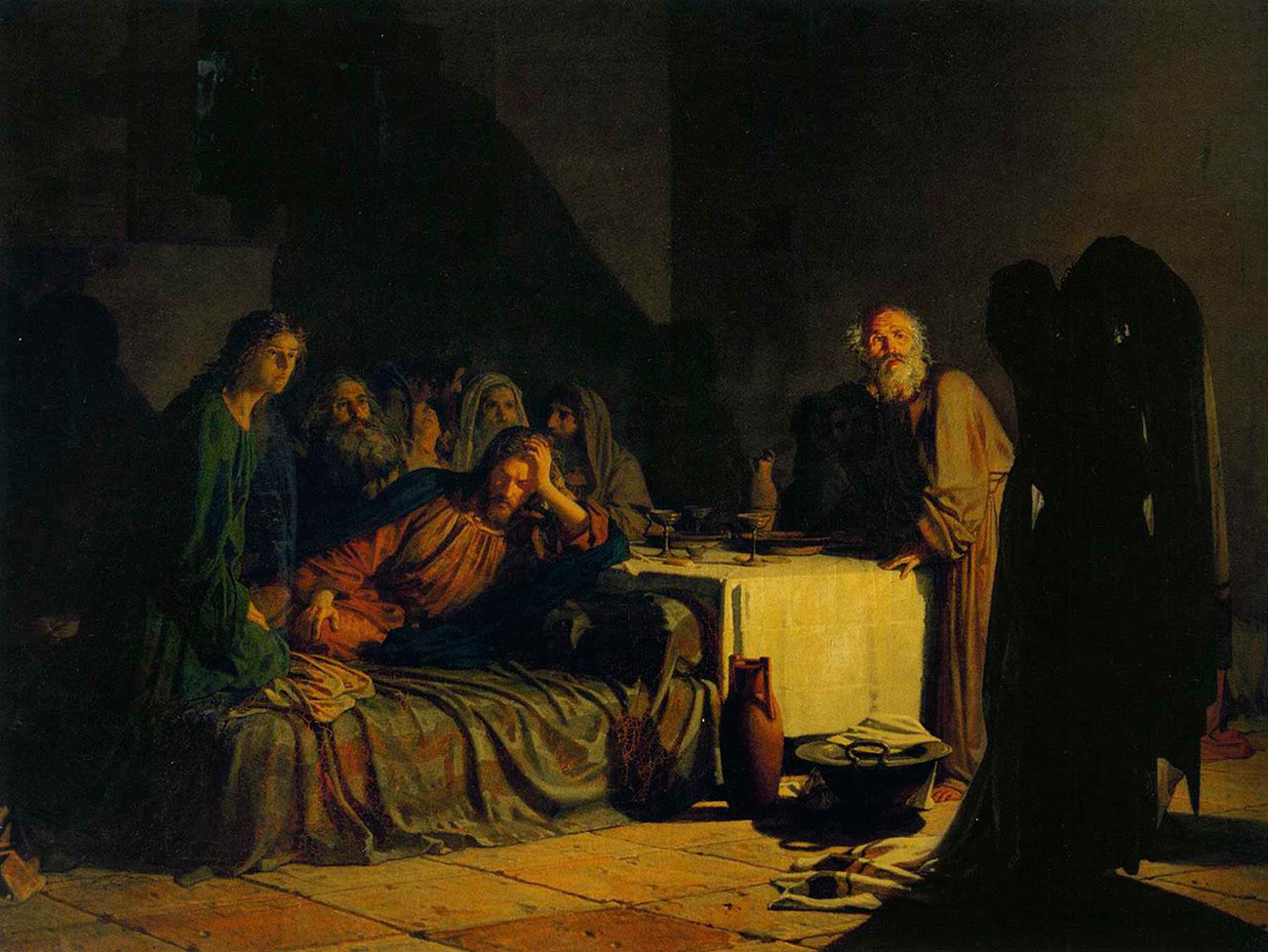
Nikolay Ge painted many religious subjects, in particular his Passion Cycle, which tells about the last days of Christ’s life, crucifixion, and resurrection. The artist departs from tradition in his depiction of the Last Supper. Critics slated Ge for stretching credulity, but the painting was bought by Emperor Alexander II, and is today housed in the Russian Museum in St Petersburg.
4. Ivan Kramskoy. Christ in the Wilderness. 1872
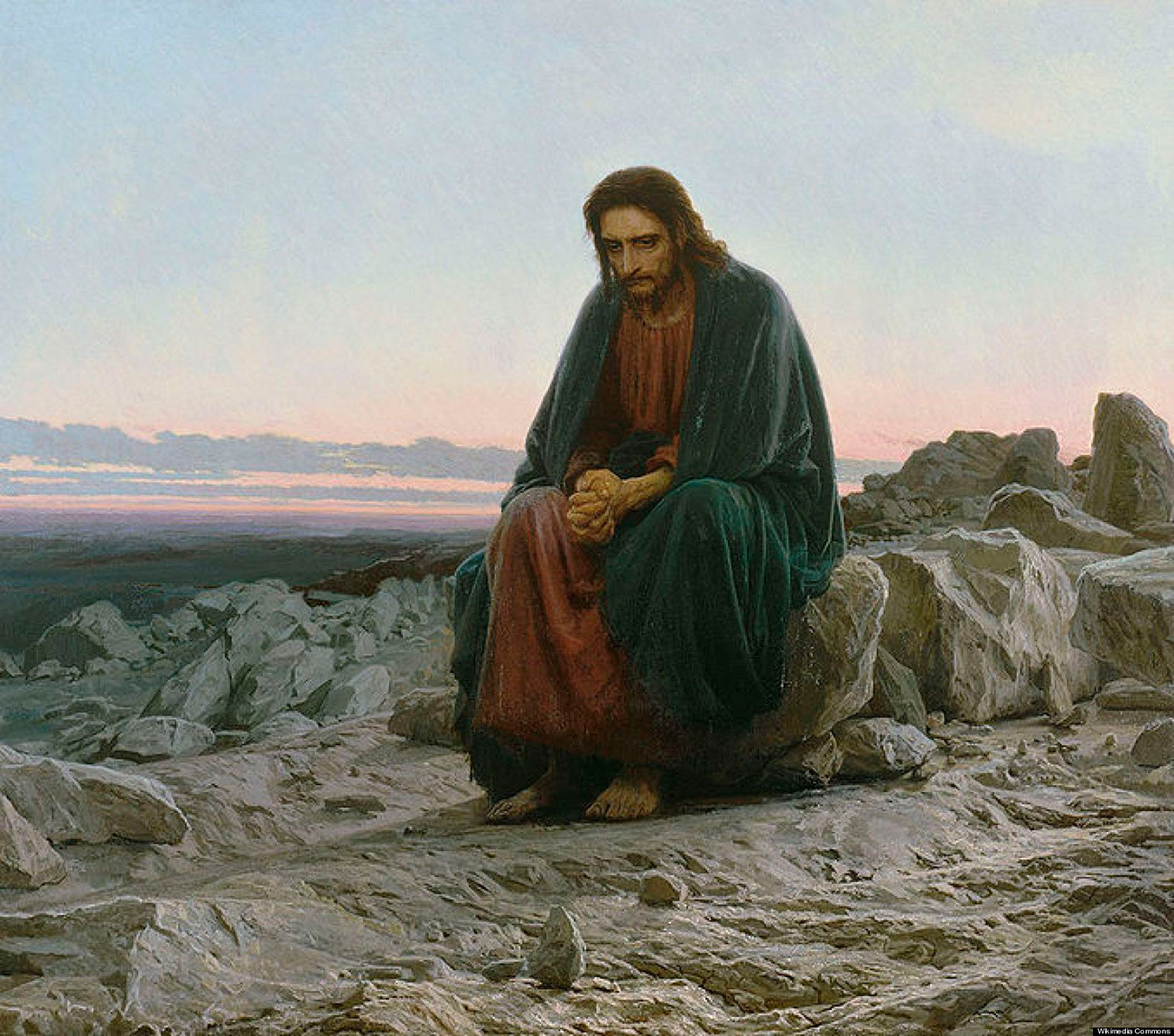
One of the most famous images of Christ in Russian art, and one of the first attempts to portray him as a real person. Here he is not a saint tempted by evil forces, but an ordinary man full of doubts. Art critics pay special attention to the center of the picture: Christ’s hands pensively clasped.
5. Vasily Polenov. Christ and the Adulteress (Who is without Sin?), 1888
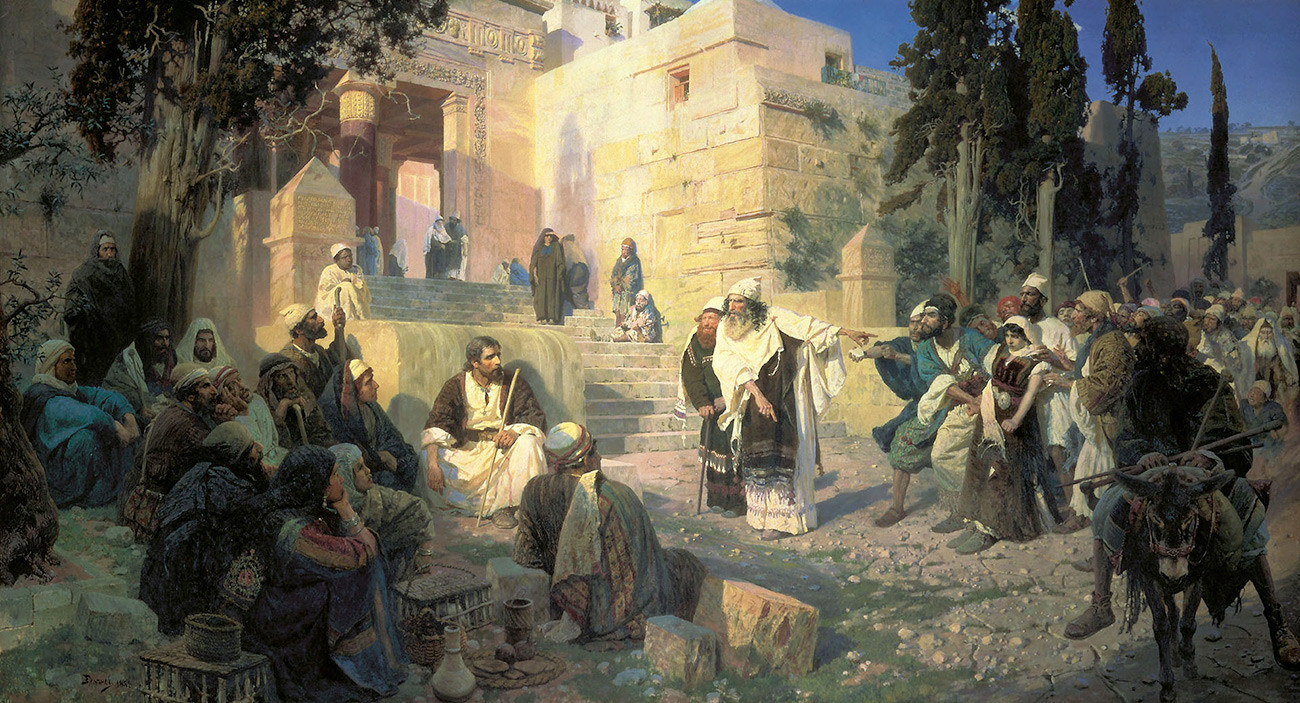
Polenov considered this picture to be his life’s work. To faithfully depict both Christ himself and the landscapes of Judea, the artist traveled around the Middle East for several years and made dozens of studies and sketches. His main aim was to show Christ as an ordinary person.
6. Vasily Polenov. Being Filled with Wisdom. 1896-1909
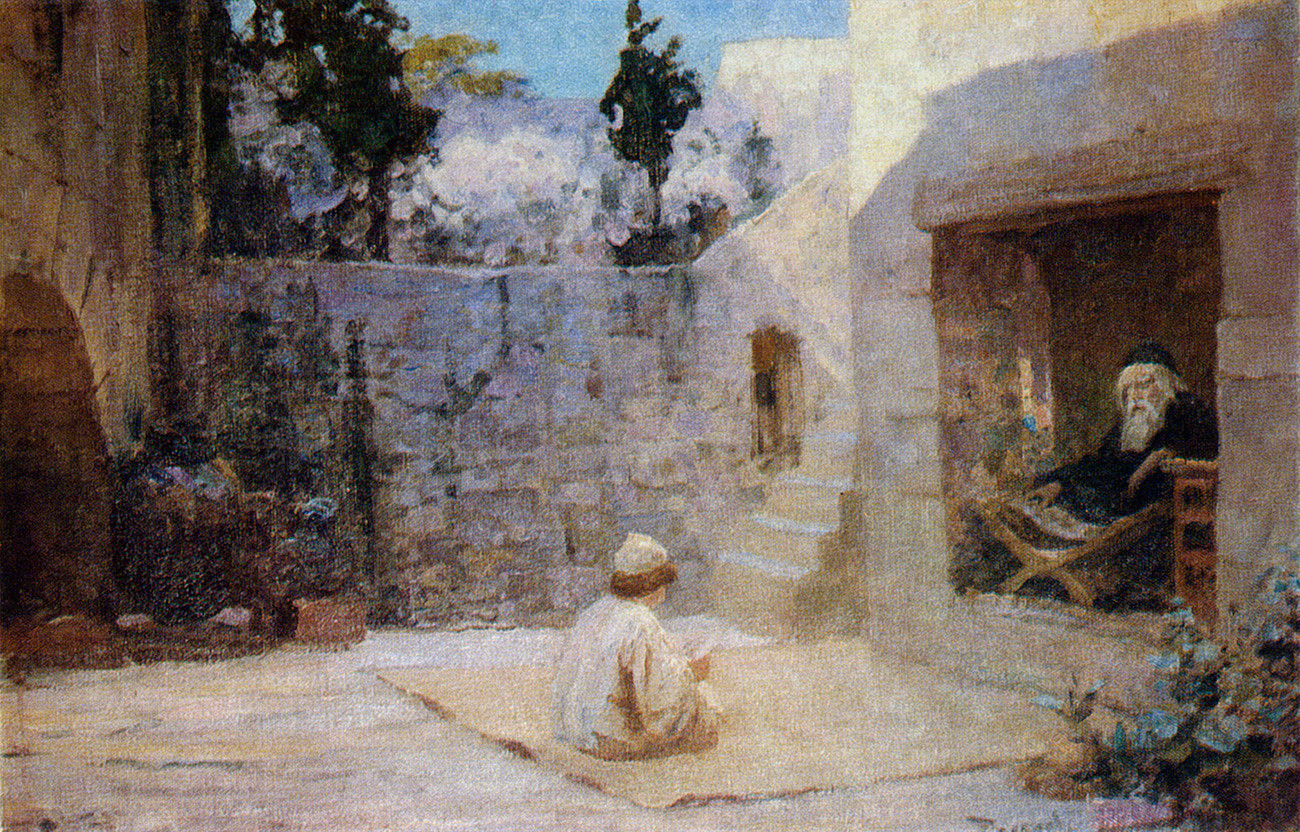
Polenov went on to create the series of paintings From the Life of Christ, which traces Jesus’ path from boyhood, acquiring wisdom from elders, to the Sermon on the Mount, when he himself begins to teach.
7. Ivan Aivazovsky. Epiphany. 1890s
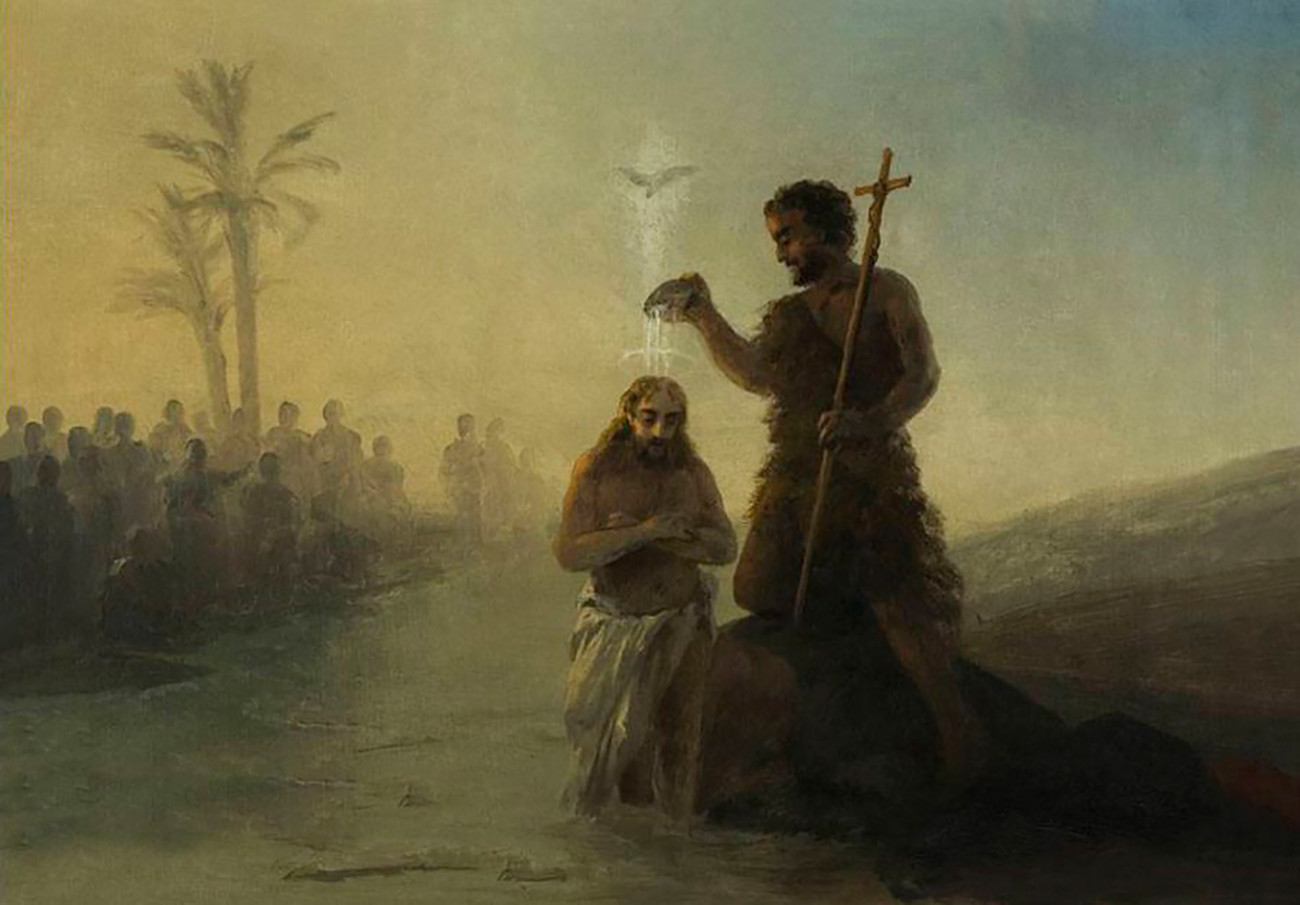
Aivazovsky is more famous for his monumental seascapes. But he didn’t overlook religious motifs either.
8. Nikolay Ge. What is Truth? 1890
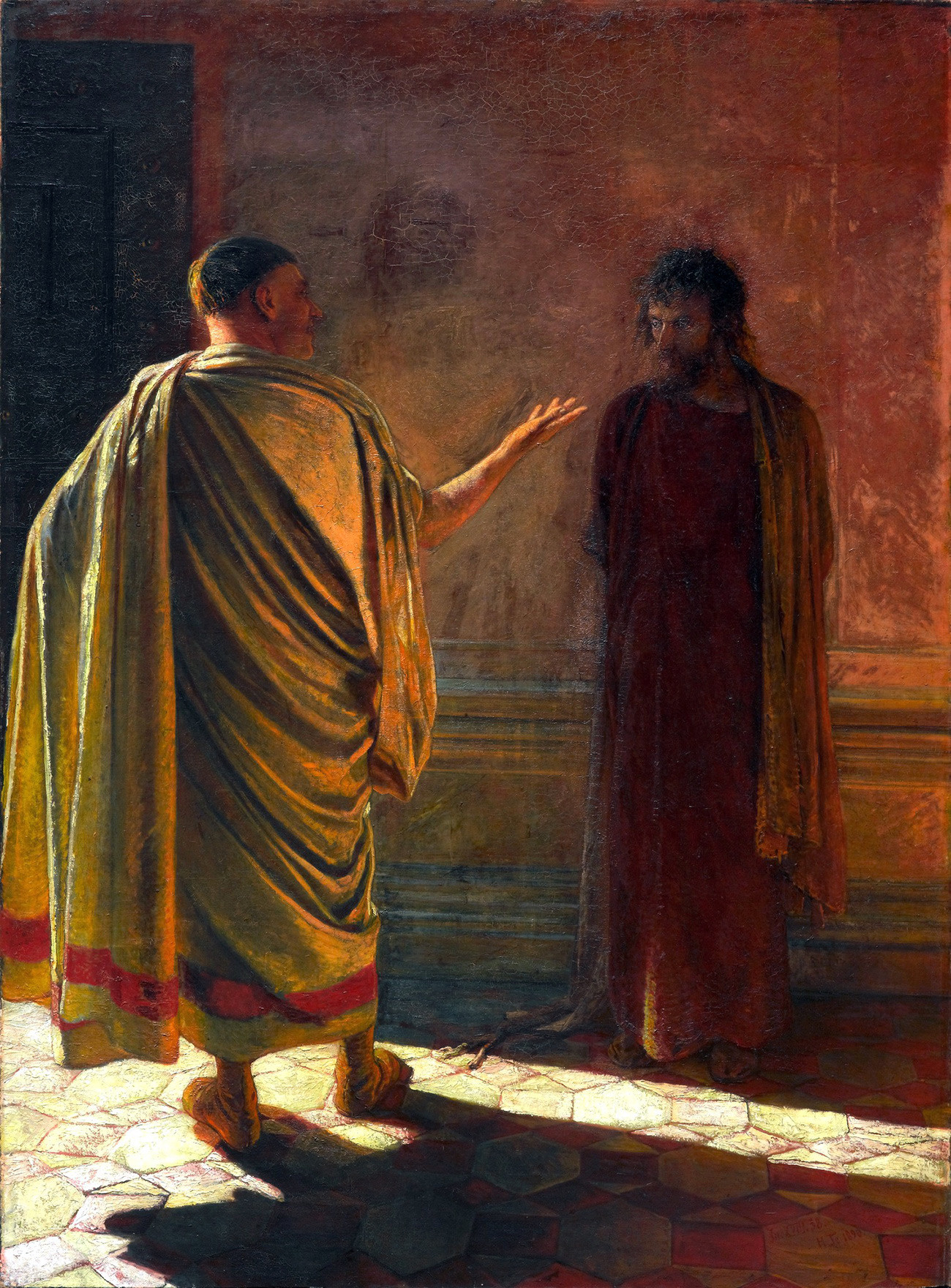
Another bold departure by Ge from the established canons of religious painting, this time on the subject of Christ’s conversation with Pontius Pilate after his arrest. Ge places the son of God in a dark shadow (when he usually shines), and portrays him as shabby, inexpressive, even pitiful. Pilate, meanwhile, struts like a winner.
9. Arkhip Kuindzhi. Christ in the Garden of Gethsemane. 1901
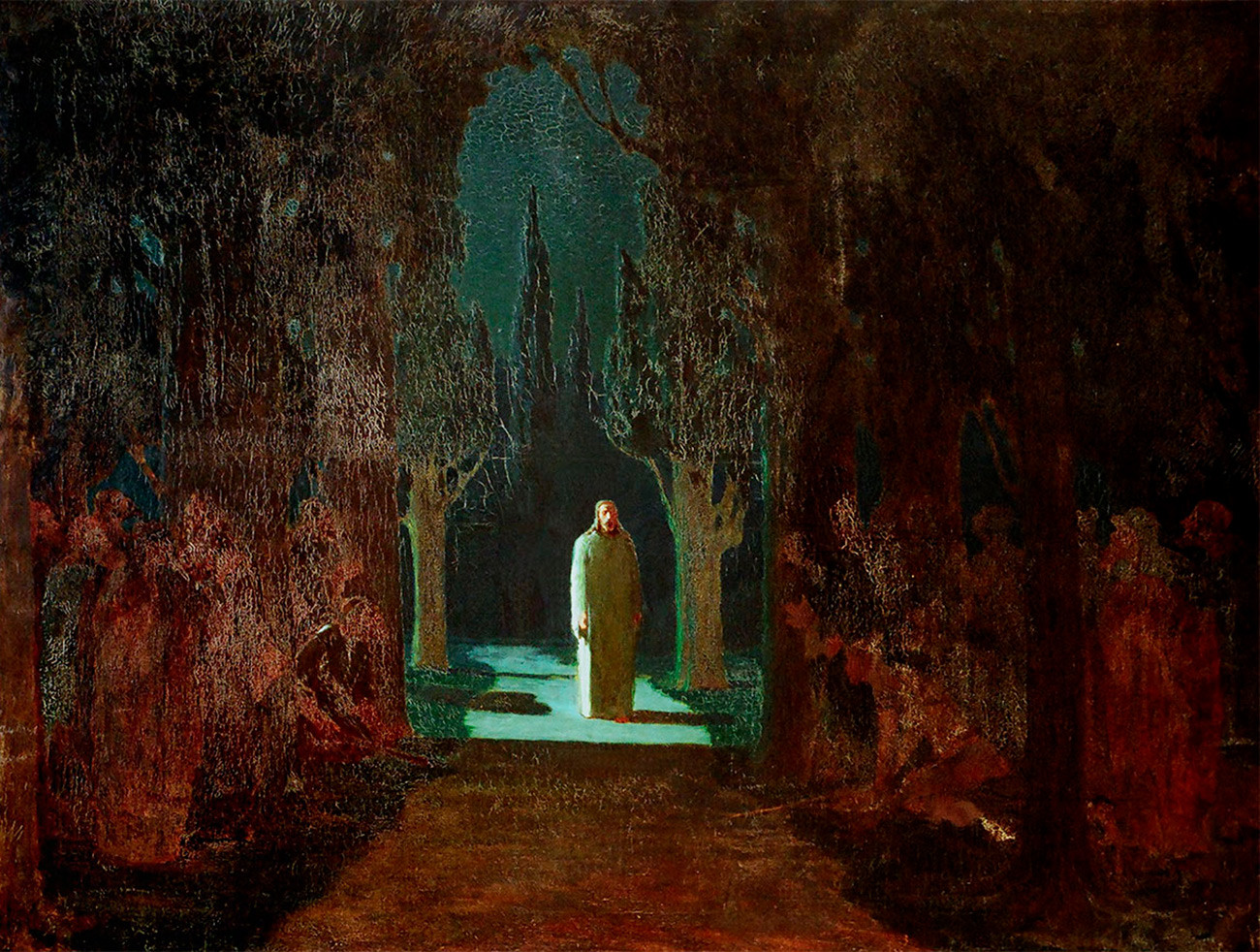
Kuindzhi is best known as a landscape painter, and his works are noteworthy for his incredible use of light. In this biblical composition, he illuminates Christ with moonlight in stark contrast to the darkness around him.
10. Ilya Repin. Raising of Jairus’ Daughter. 1871
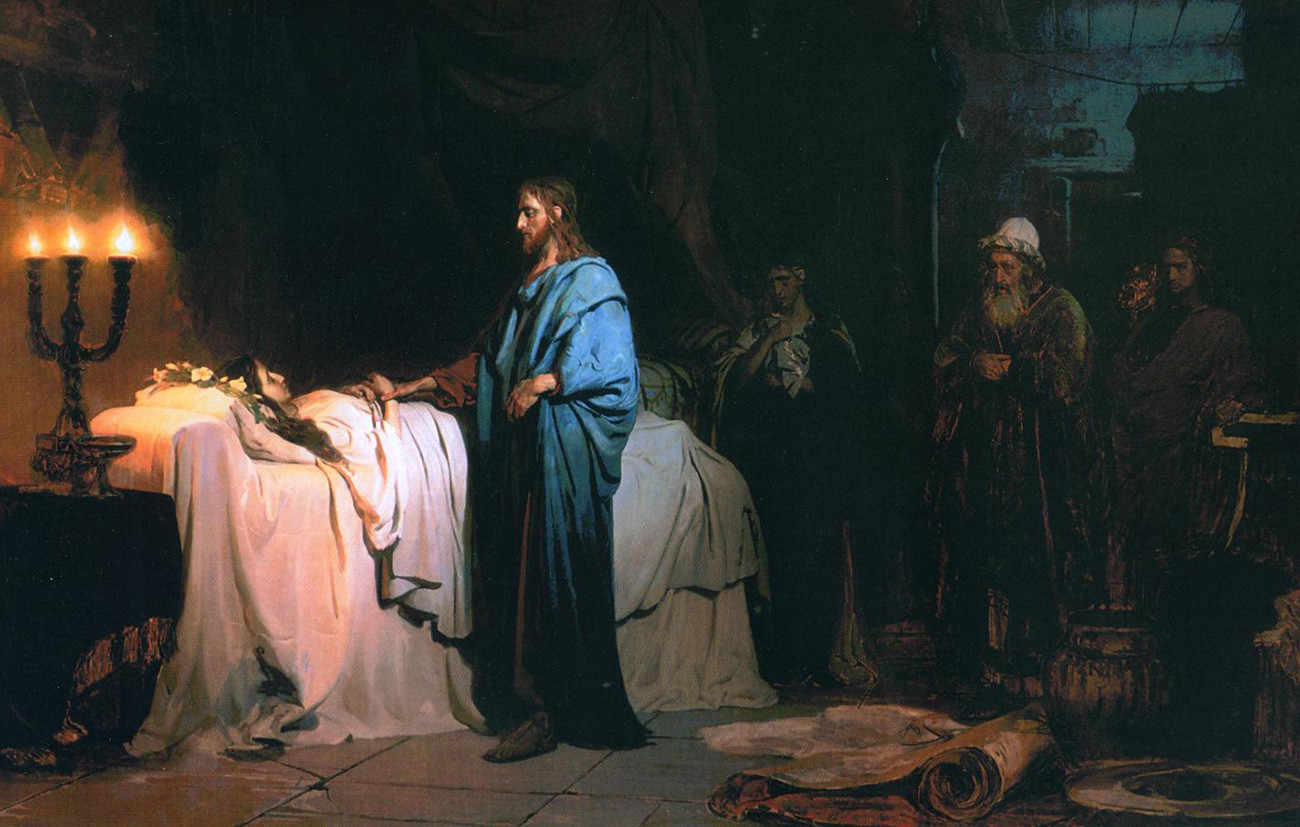
This was Repin’s final-year project as a student at the Russian Academy of Fine Arts. The artist managed to convey the tense moment a second before the biblical miracle of the Resurrection. Incidentally, Repin received a gold medal for the work. Later, his images of Christ would evolve into something more realistic and even post-impressionist.
11. Mikhail Vrubel. Christ in the Garden of Gethsemane. 1887–1888
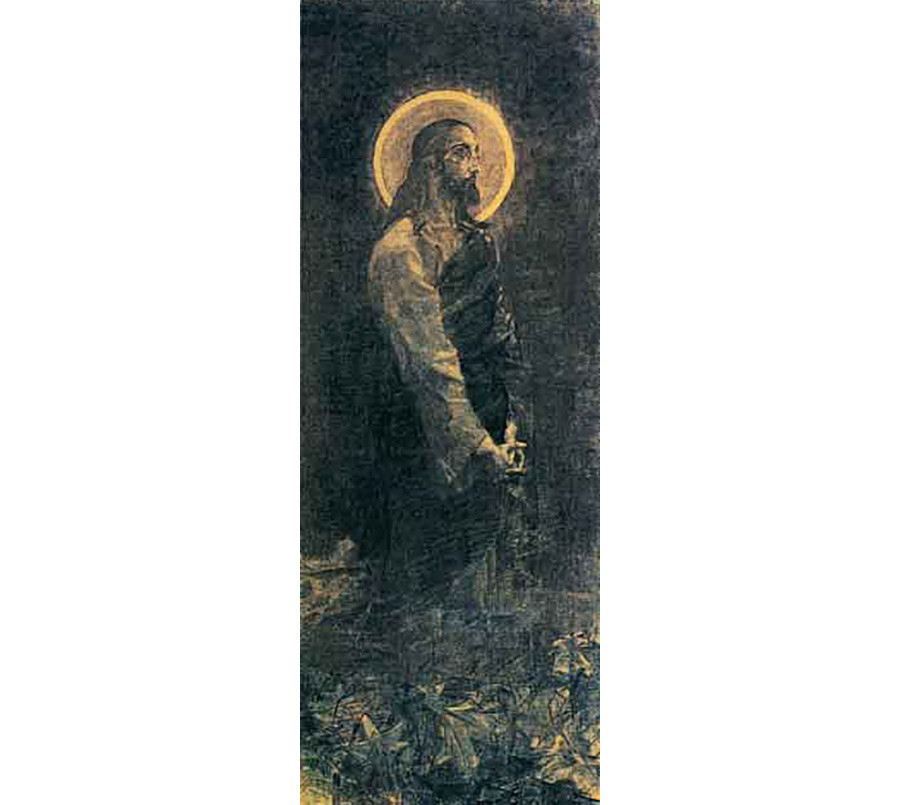
Better known for depicting dark demons, the modernist Vrubel also painted holy spirits and prophets, and even decorated churches. This charcoal drawing by the artist resides in Moscow’s Tretyakov Gallery.
12. Mikhail Nesterov. Holy Rus. 1901-1906
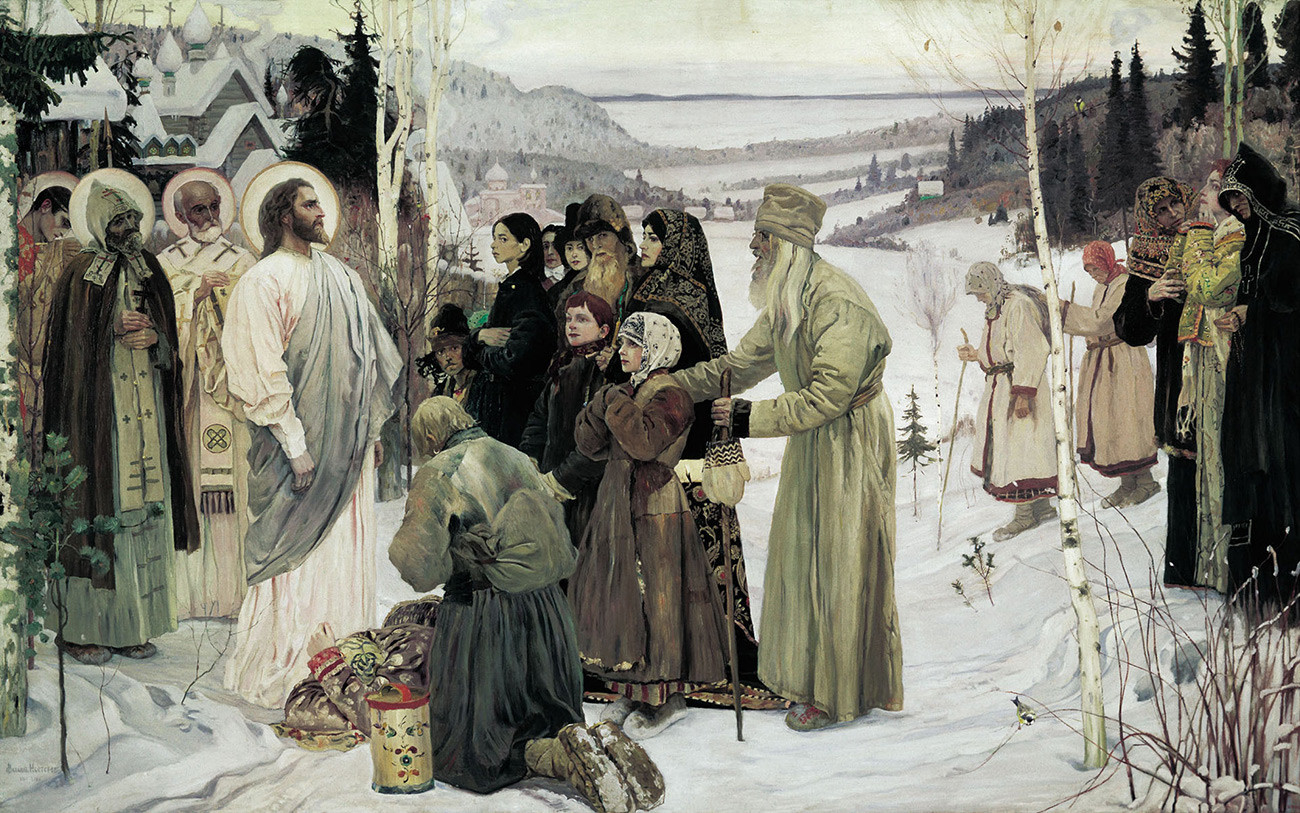
Mikhail Nesterov also painted many churches and left numerous sketches on biblical themes. Archangels, the Virgin Mary, saints, monks, and, of course, Christ himself all sprung from his brush. In his flagship work Holy Rus, the Savior blesses indigent, suffering Russians.
If using any of Russia Beyond's content, partly or in full, always provide an active hyperlink to the original material.
Subscribe
to our newsletter!
Get the week's best stories straight to your inbox